Communist architecture, also known as Socialist Realism or Soviet architecture, refers to the architectural style that emerged during the period of communist rule in the 20th century, particularly in the Soviet Union and other Eastern Bloc countries. It was characterized by a distinct ideological and aesthetic approach that aimed to reflect the principles and aspirations of the communist ideology.
-
Monumentality and Grandeur: Communist architecture often emphasized grandeur and monumentality to convey a sense of power, strength, and permanence. Buildings were designed on a massive scale, with imposing facades, large proportions, and monumental entrances. Examples include government buildings, centers, and public monuments.
-
Functionality and Efficiency: The focus of communist architecture was on functionality and efficiency. Buildings were designed to serve specific purposes and meet the needs of the masses. Rational layouts, standardized construction methods, and modular designs were employed to maximize efficiency and minimize costs.
-
Symmetry and Order: Communist architecture favored symmetrical compositions and strict geometric forms. Buildings were often organized along a central axis, with repetitive patterns and uniformity in design. This reflected the idea of collective unity and conformity.
-
Minimal Ornamentation: Communist architecture generally eschewed excessive ornamentation and decorative elements. Instead, it embraced simplicity and austerity, emphasizing the practical purpose of the structures. Decorative elements, when present, were often limited to symbolic motifs or reliefs depicting scenes of labor, industry, or socialist ideals.
-
Mass Housing and Urban Planning: One of the key aspects of communist architecture was the focus on mass housing and urban planning. Large-scale residential complexes, known as "microrayons" or "plattenbau," were constructed to provide affordable housing for the working class. These complexes often featured repetitive block-like structures arranged in a grid pattern, with communal spaces and amenities.
-
Public Spaces and Monuments: Communist architecture placed great importance on public spaces and monuments as symbols of collective identity and national pride. Central squares, parks, and public buildings were designed to accommodate mass gatherings and celebrations. Monuments and statues commemorating revolutionary leaders or significant historical events were also prominent features.
This is one of the forty original architectural styles based on which I generated references for the interior and exterior of the target building.
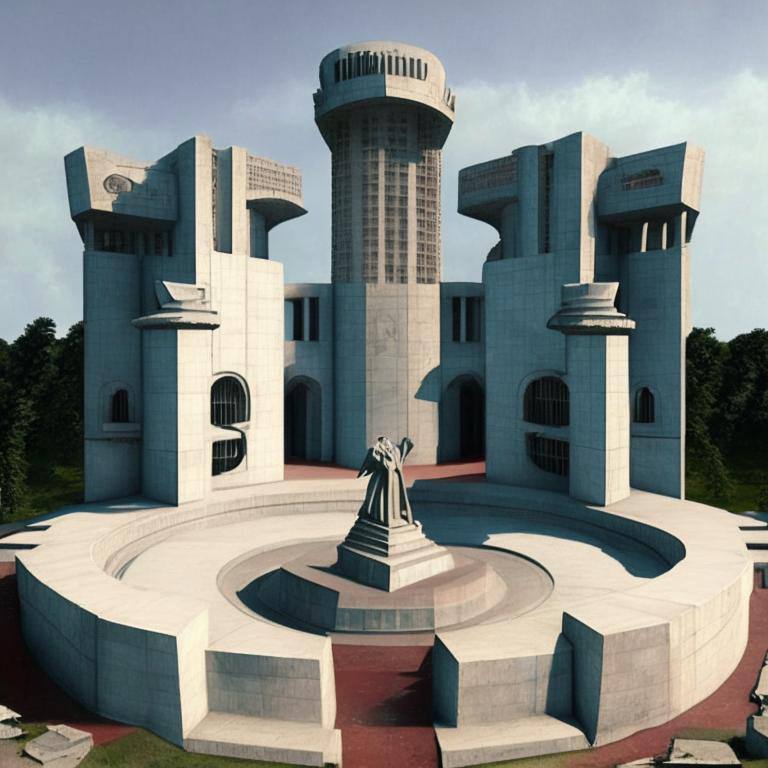
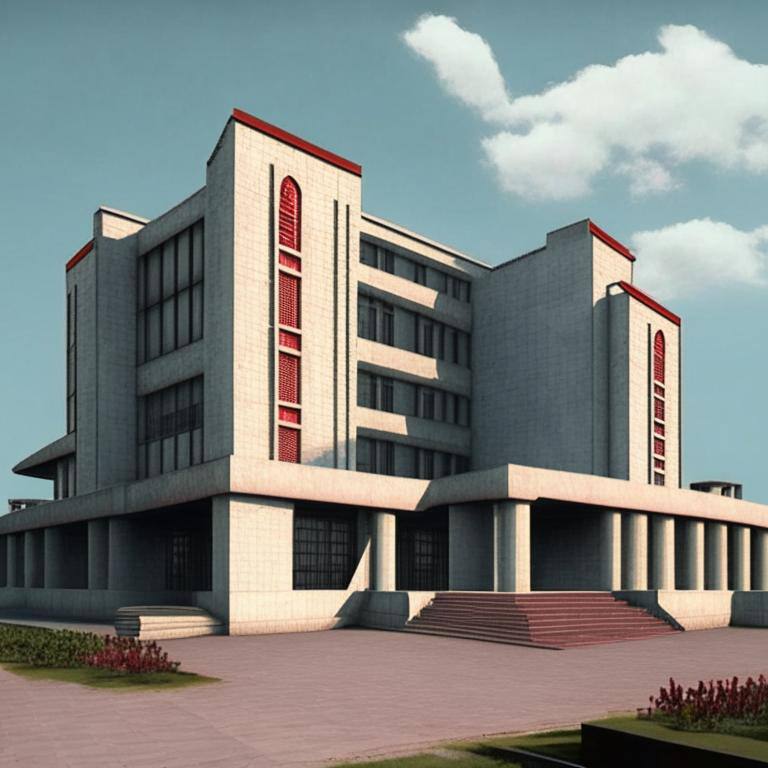
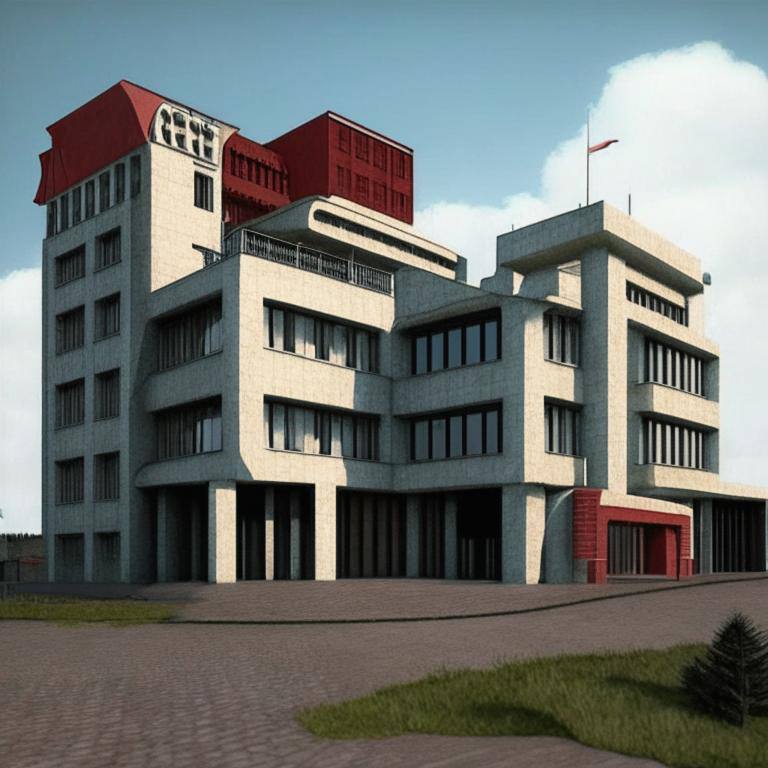
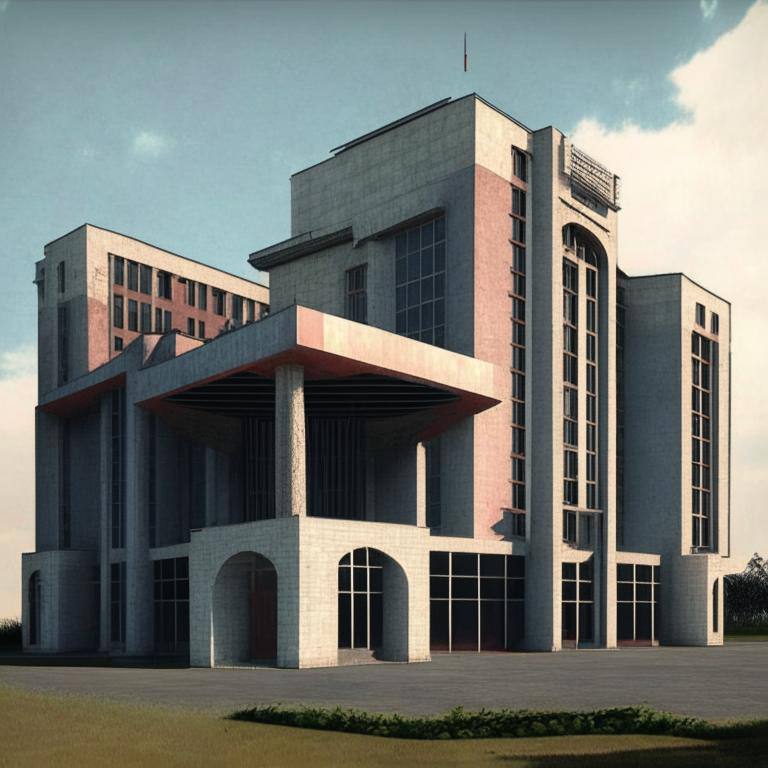
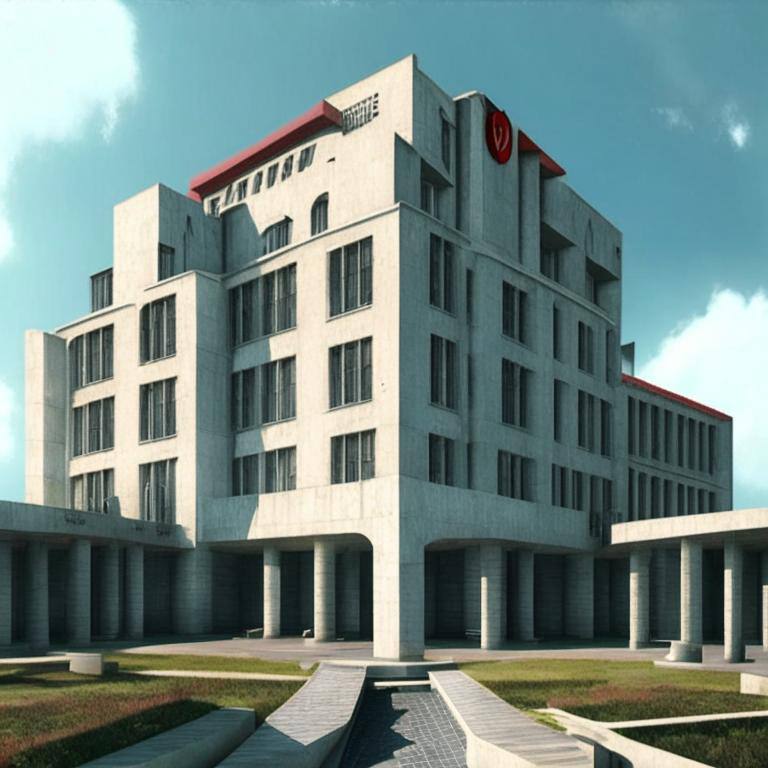
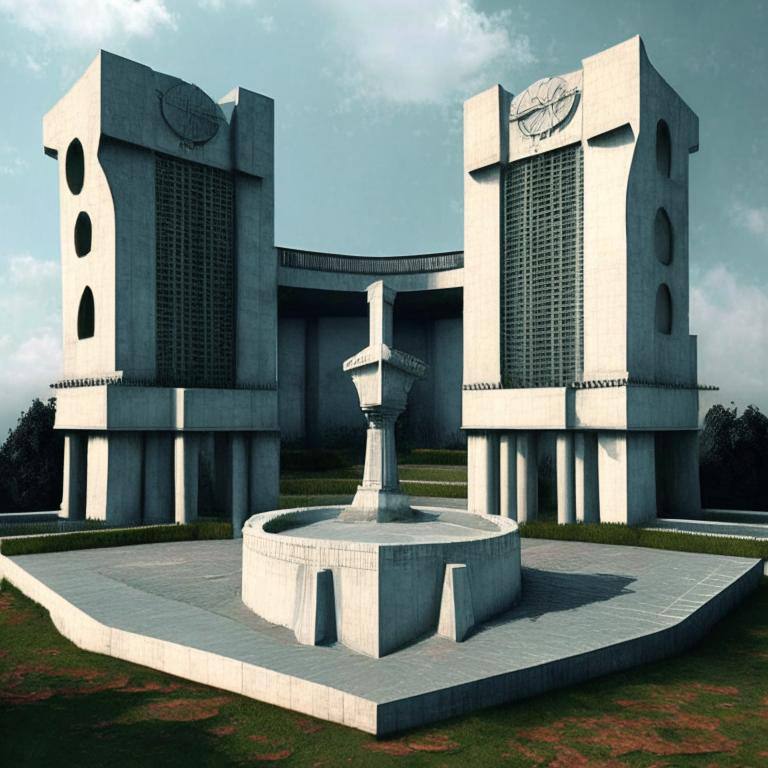
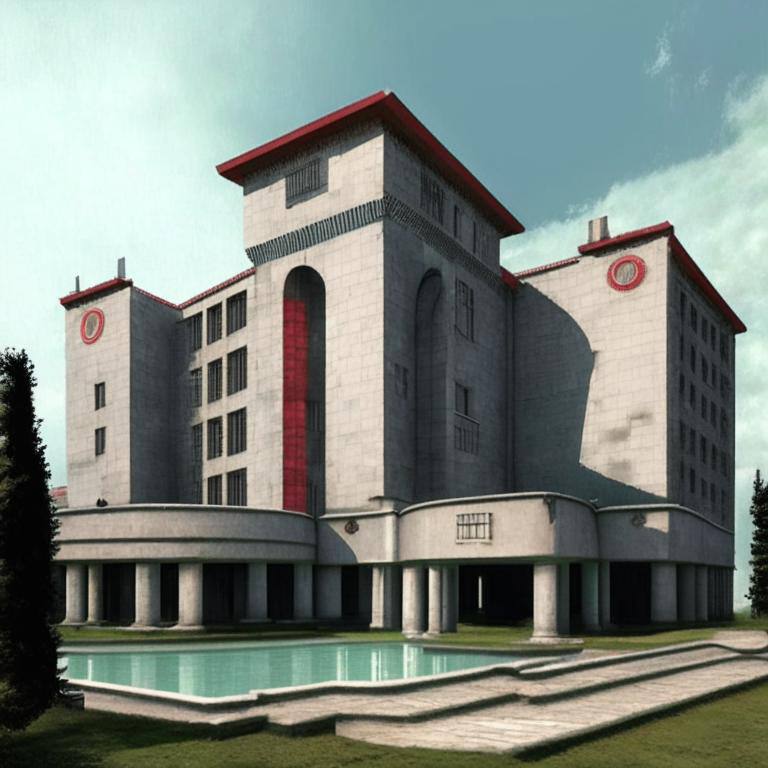
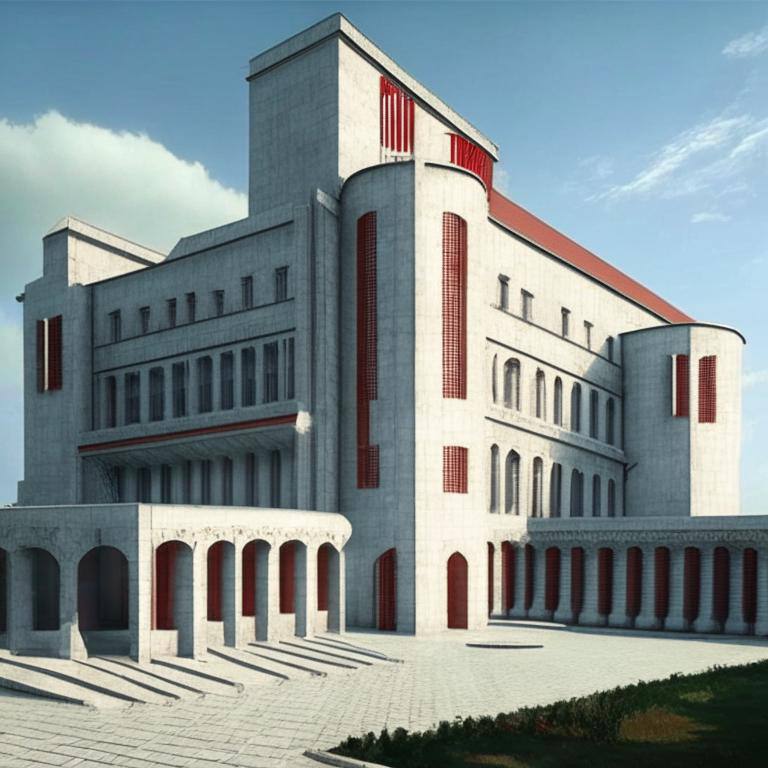
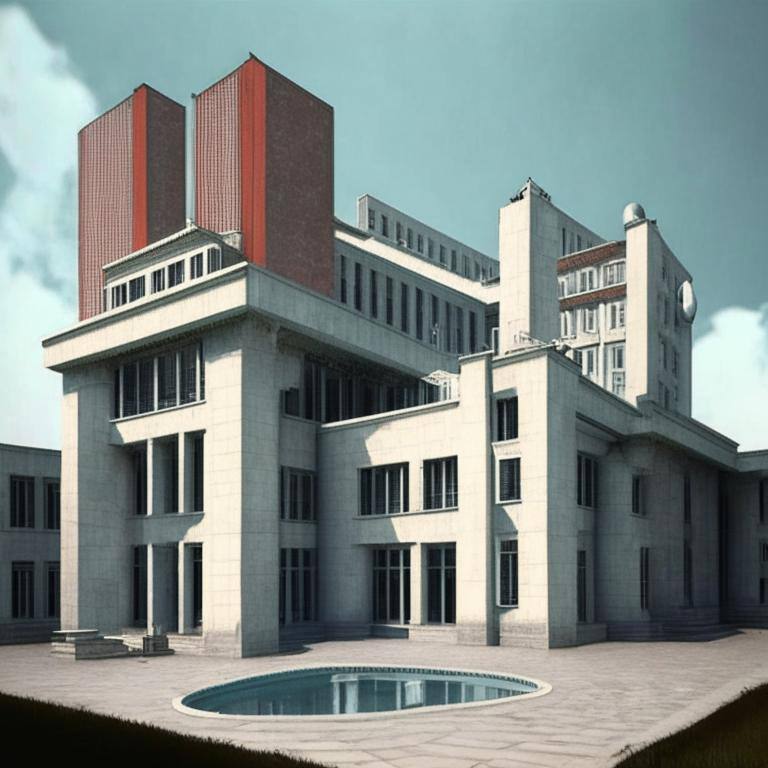
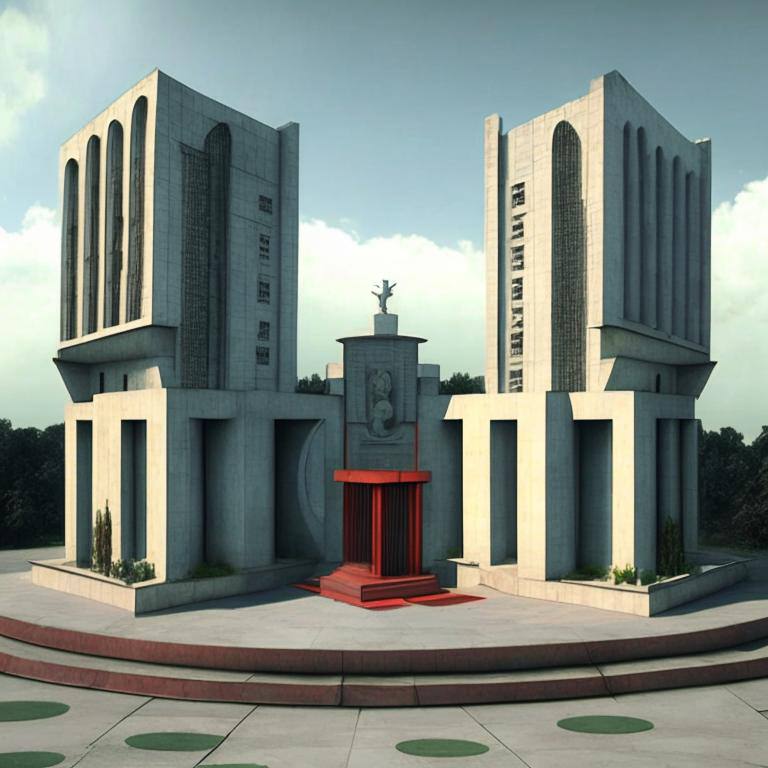

There is no comments